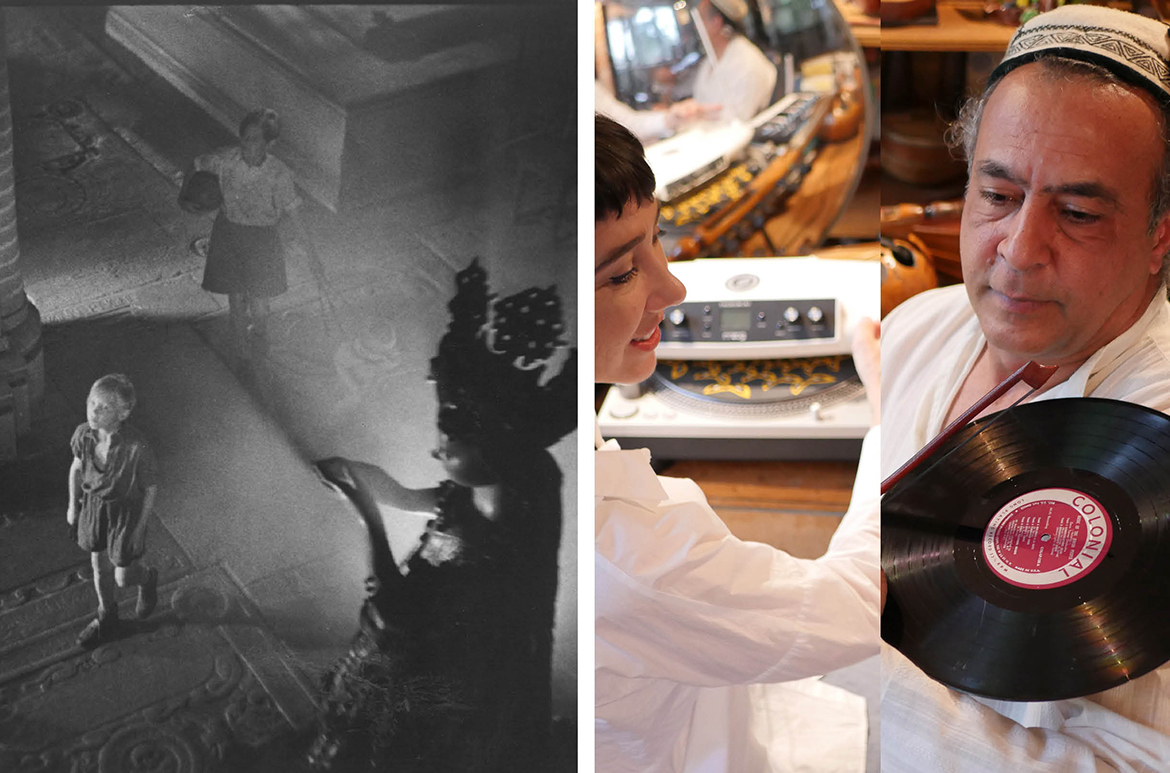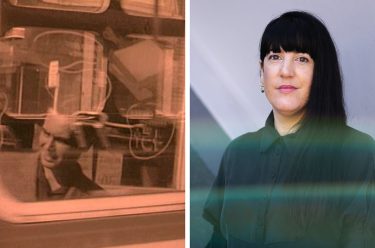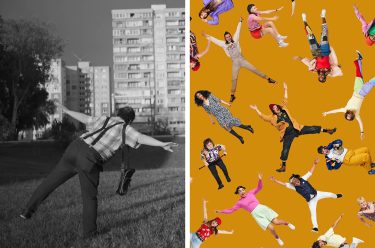On Sunday 30 April, our third City Symphony Live Music & Film screening features a selection of rarely screened short films. Within these films street photographers capture cheeky kids playing in New York’s East Harlem in the 1940s, meanwhile in the film Bridges Go Round 1958 the camera dances with a city skyline, and two films showcase their city with the aim to tempt tourists to their shores — pre-war Tokyo and a picturesque Stockholm on the edge of the Baltic Sea.
Get tickets to City Symphony Live Music & Film series
The films have been sourced from across the world: the National Film Archive of Japan, the Swedish Film Institute and film collectives that archive the work of independent filmmakers. For such a diverse array of filmmaking that utilize the City Symphony style, we’ve asked the duo ‘Zemzemeh’ to craft new scores for each film. Zemzemeh is comprised of musicians Greta Kelly and Siyavash Doostkhah, who both have a wealth of musical knowledge and performance experience across many different musical styles from the mystical music of Iran, to hip-hop, to electronic sound installations, Turkish sacred music, Czech folk and more.
Director: Arne Sucksdorff ‘Symphony of a City’ 1947
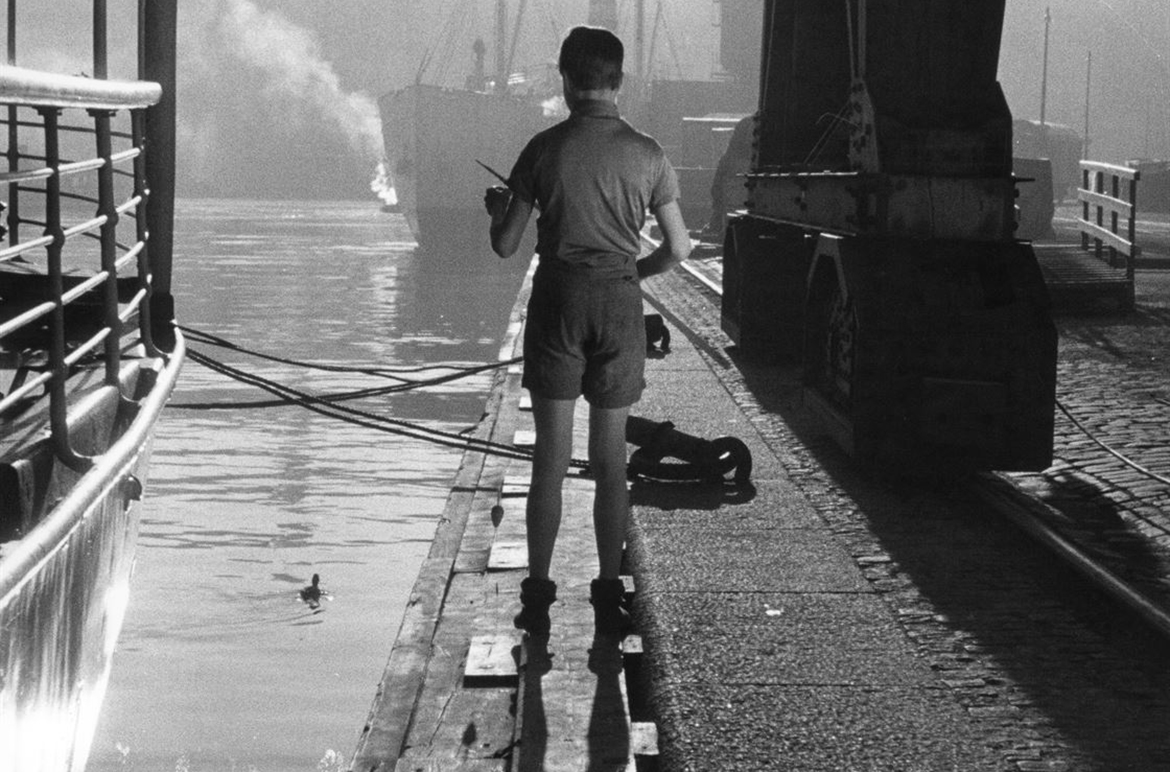
Director: Shirley Clarke ‘Bridges Go Round’ 1958
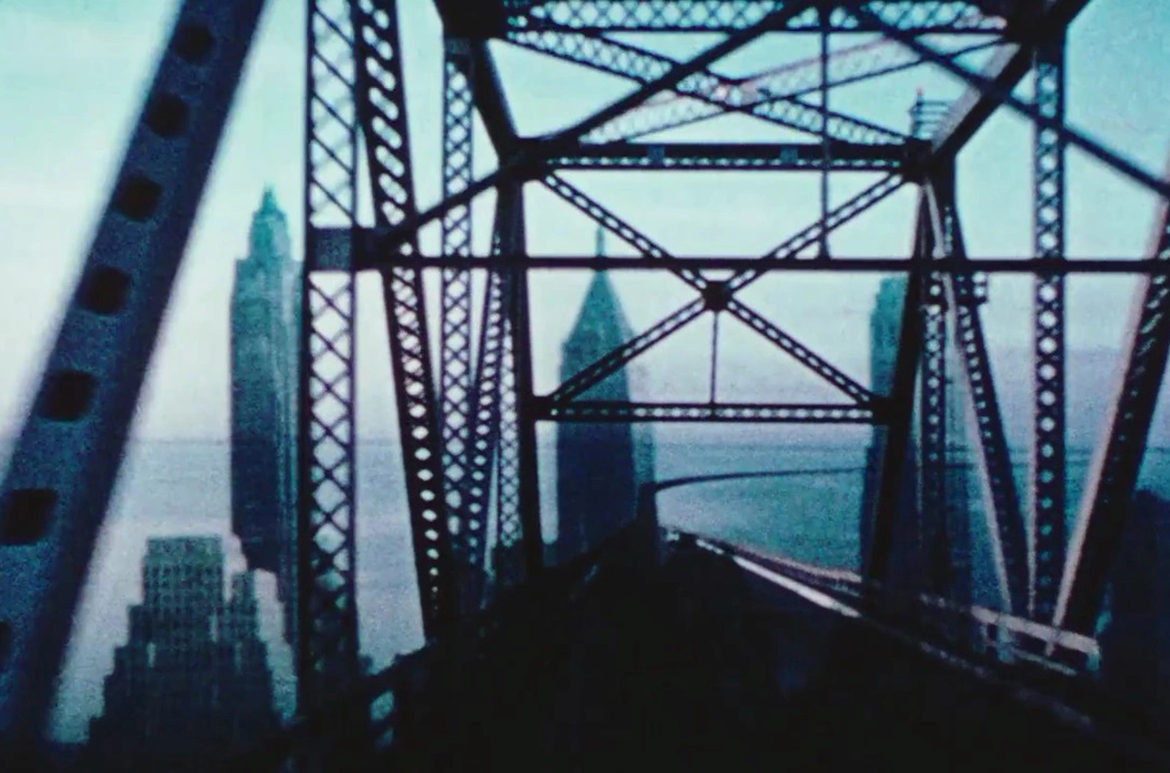
We spoke with musicians Greta Kelly and Siyavash Doostkhah about their approach to making new scores for these films and the incredible array of instruments they will play on stage.
Rosie Hays / Zemzemeh is a duo. I’d love to hear about the different musical sensibilities you each bring to the performance.
Siyavash Doostkhah / With a diverse musical background ranging from ancient Persian ritual music played on Tanbour to improvised electronic music, I aspire to move freely between the old and the new in my musical explorations.
Greta Kelly / My great-grandfather and great-grandmother, Fritz and Lilian Hopp used to accompany, on violin and piano, silent films at the Regent and Wintergarden cinemas. I’ve always wondered how the film’s emotions inspired their melodies and the rhythm of the editing informed their tempo. My grandfather started me on classical violin, I learnt Scandi folk as a teenager living iin Sweden, and Moravian folk while living in Czechia in my 20’s. In later travels I studied Turkish, Persian and Iraqi classical, sacred and folk music. My Brissy days have been a mix of lo-fi rock, dub and hip-hop.
RH / What music and/or instruments can the audience expect for this performance?
GK / I’ll be playing violin, shah kaman, theremini, and vibra-tone. The experimental techniques of some of the movies elicit more adventurous sounds; layering images inspire live looping; monochrome colourisation elicits flautando and harmonics.
SD / I’ll be playing tanbour and analog/digital synthesisers. I’ll also use software to play some processed sounds.
RH / Zemzemeh will be crafting a new live score for four short films. What did you think of the films on viewing them?
GK&SD / Scenes in Bridges go Round and Tokyo Symphony which celebrate technology and urbanity evoke electronic responses. Stockholm Symphony and In the Streets’ focus on characters and relationships inspire more melodic themes.
Both the evolution of the city and the film medium capture the familiar and the new. Kids will always play in the streets (but we haven’t seen them do it with socks filled with flour). The more experimental film techniques elicit more adventurous sound palettes.
RH / How do you approach making music for four short films? Will you craft completely different musical styles or build a musical thread that links all four together?
SD / Although the city is the common thread in these four movies, they are four separate films and not made with one another in mind. We felt that the focus should remain on the diversity of the films and our music sitting in the background reflecting our sonic emotional interpretation of various scenes. Attempts can be made to classify our work into a musical genre or style such as ‘electroacoustic world’. However, similar to the difficulty of arriving at consensus about terms such as ‘multiculturalism’, so is the diversity of the music that we blend.
GK / The moods of each scene inform the modes I play in. For example, the hopefulness of In the Streets elicits Mahur, a Persian dastgah closely associated with the western major scale; the detached architecture of Bridges go Round makes me feel like playing Hicaz, an Arabic makam associated with feelings of separation.
RH / Has Zemzemeh crafted music for films or performances in the past, where do you start when thinking about making music for a particular event or piece of art?
SD / Our music is extensively improvised, we enjoy juxtaposing ancient acoustic music with modern electronica. Being a duo has allowed us to more easily bring our individual responses to a film/event leading us to explore common ground that we refine into a musical piece. Crafting music for a movie or an event gives us a framework to focus our experimentation on, building layers of sound that can seamlessly assemble with existing visual or environmental context to present a new structure.
GK / It’s great to start with the story or mood and develop the music in response to the narrative. Zemzemeh’s recent project. Amphisonics with Panos Curos and a number of musicians, scientists and a poet began with the songs and stories of frogs.
For more information about the films and the musicians see our event listing for Live Music & Film: Harlem Streets to Stockholm Symphony
Zemzemeh
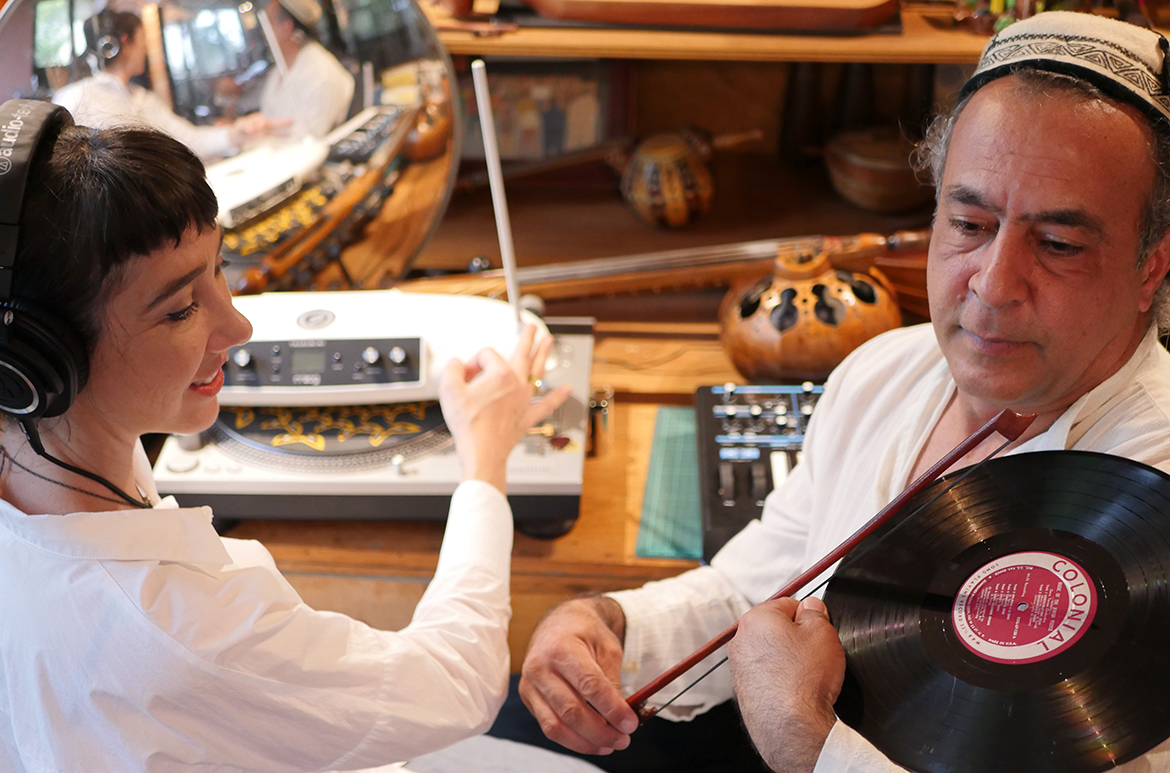
Upcoming live music & film
Live Music & Film: Harlem Streets to Stockholm Symphony 1937
Live Music & Film: City Visions, Cairo to New York 1930–2019
Live Music & Film: People on Sunday 1930
Live Music & Film: The Poetic Cities of Joris Ivens 1929
Live Music & Film: Calcutta 1969
Live Music & Film: Berlin, Symphony of a Great City 1927
Live Music & Film: Nothing But Time 1921–2012
Live Music & Film: Man With a Movie Camera (with violin) 1929
City Symphony special ticket offer Get tickets
See the full series and save! Buy 5 to 9 tickets and receive at 10% discount. Buy 10 tickets and receive a 20% discount.
The Australian Cinémathèque
The Queensland Art Gallery | Gallery of Modern Art (QAGOMA) is the only Australian art gallery with purpose-built facilities dedicated to film and the moving image. The Australian Cinémathèque at GOMA provides an ongoing program of film and video that you’re unlikely to see elsewhere, offering a rich and diverse experience of the moving image, showcasing the work of influential filmmakers and international cinema, rare 35mm prints, recent restorations and silent films with live musical accompaniment by local musicians or on the Gallery’s Wurlitzer organ originally installed in Brisbane’s Regent Theatre in November 1929.
Featured image: (left) Production still from Symphony of a City 1947. Image courtesy: Swedish Film Institute, Stockholm / (right) Zemzemeh. Image courtesy: The artists
#QAGOMA
